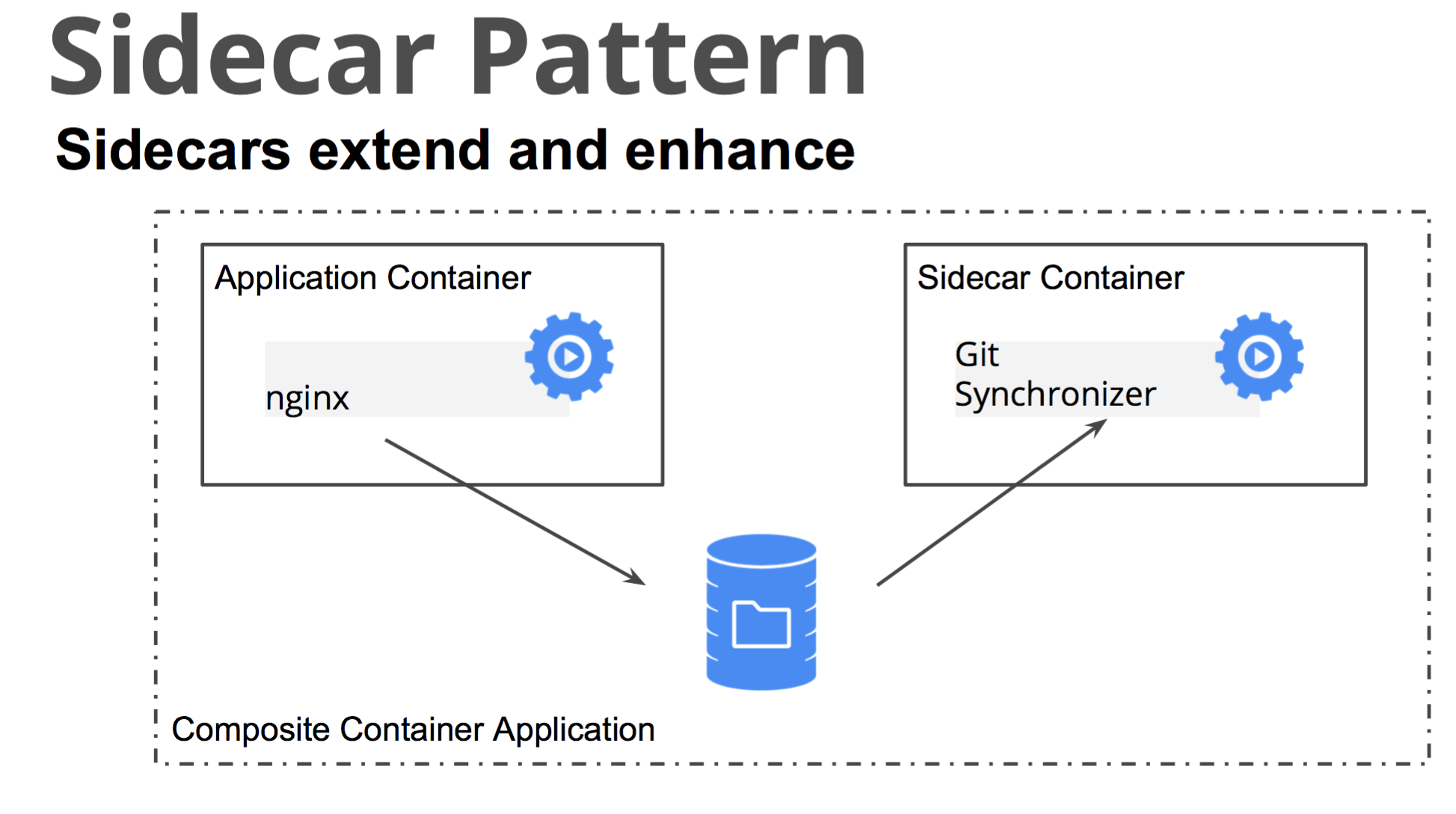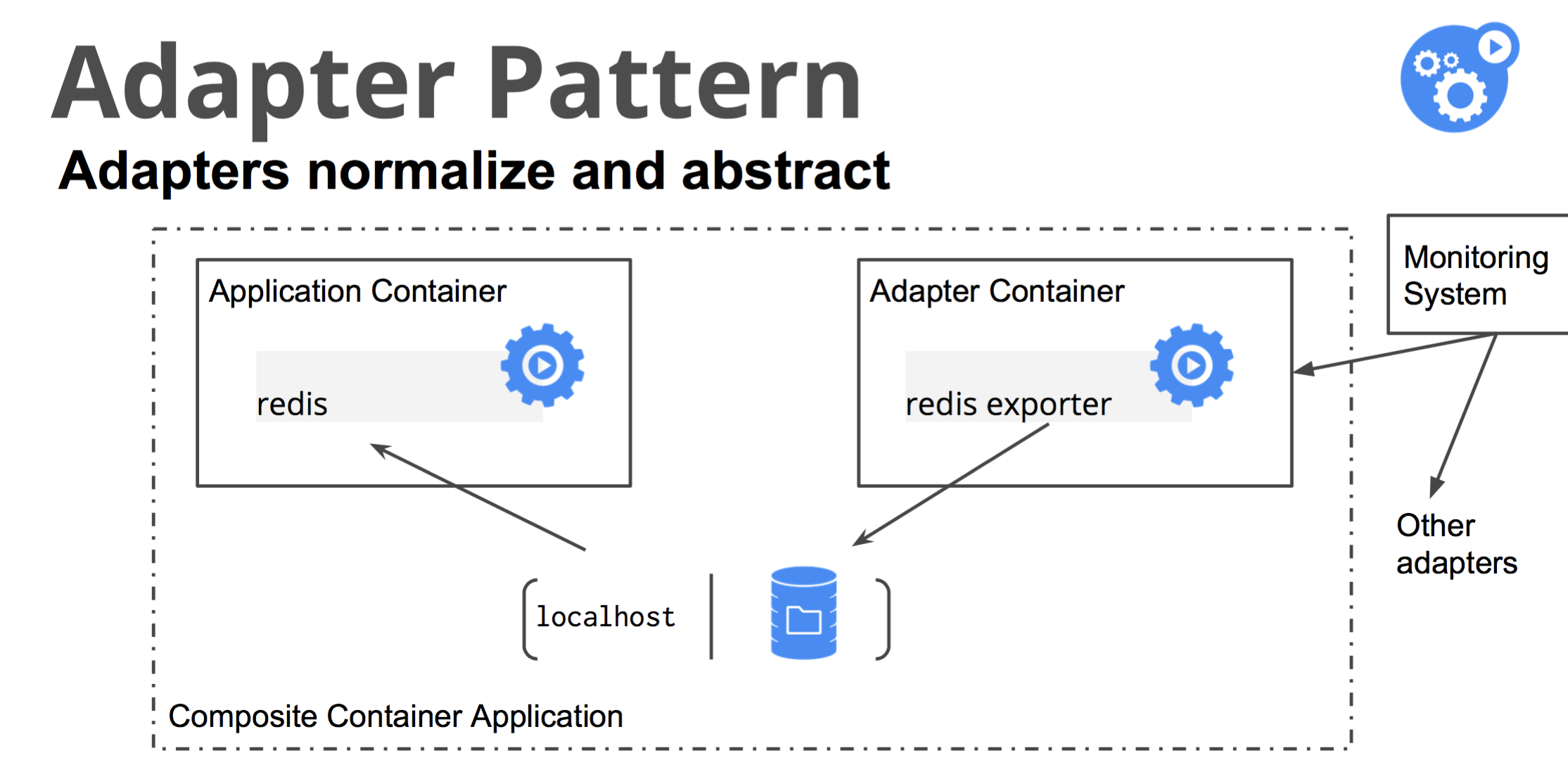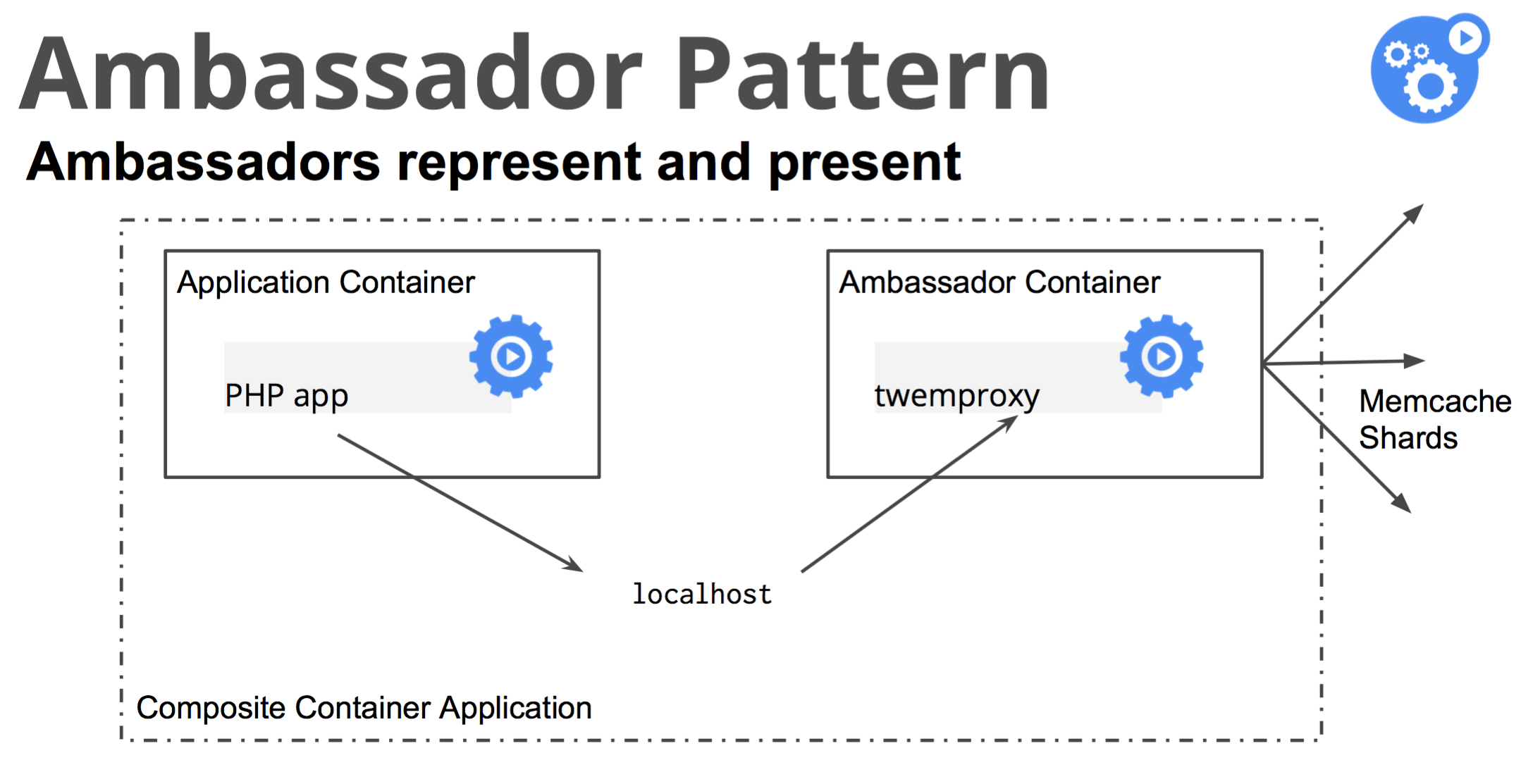kubernetes (k8s)
A non-definitive guide
nerd trivia: kubernetes is greek for helmsman
An open-source orchestration system for containers, originated by Google.
http://kubernetes.io/
k8s components
The declarative, programmable API consists of:
- Pods
- Replication Controllers
- Services
- Labels
- Namespaces
- kubectl/API

source: https://github.com/kubernetes/kubernetes/blob/master/docs/design/architecture.md
Current Features
- Scheduling
- Auto Scaling
- Bin Packing
- Service Discovery (semi-automatic)
- Automatic Software Defined Network for Services
- Automatic Load Balancers (cloud provider dependent)
- Self-healing
- Rolling updates
- Secret/Password Deployment
Ideal Use Case
- Stateless workers
- Micro-services
- Deploying composable/modular services

source: Brendan Burns http://blog.kubernetes.io/2015/06/the-distributed-system-toolkit-patterns.html

source: Brendan Burns http://blog.kubernetes.io/2015/06/the-distributed-system-toolkit-patterns.html

source: Brendan Burns http://blog.kubernetes.io/2015/06/the-distributed-system-toolkit-patterns.html
Less than Ideal Use Cases
Kubernetes is still a WIP, these apply for the moment.
- Stateful servers (databases)
- Containers that need host information to start (e.g. etcd, zookeeper)
- Strict anti-affinity (2 must not be placed on the same VM/host)
- When ~100% cluster admin uptime is required
- Inter-host containers that need to write to the same volume
Availability
Available in major cloud providers
- Google Container Engine (semi-hosted)
- Google Compute Engine
- AWS
- Azure
- Mesos
- Your laptop/desktop: docker, vagrant